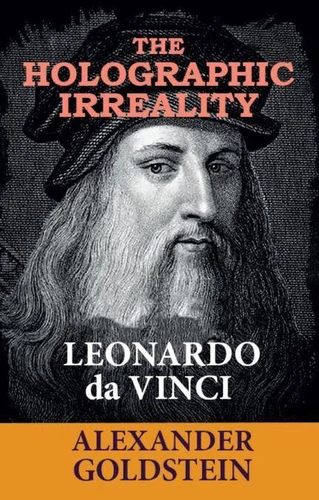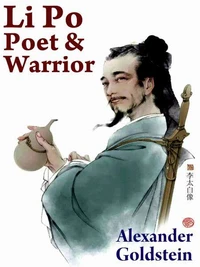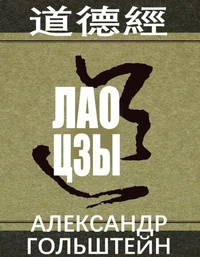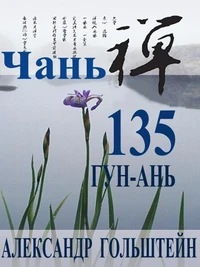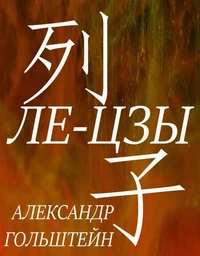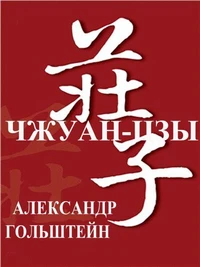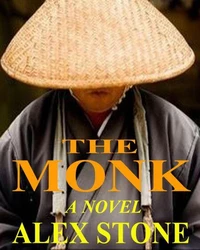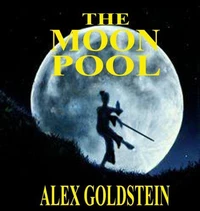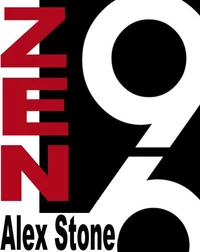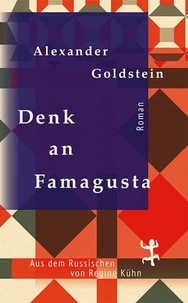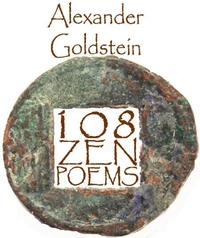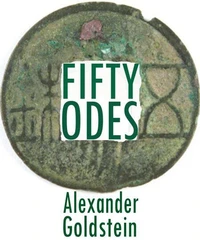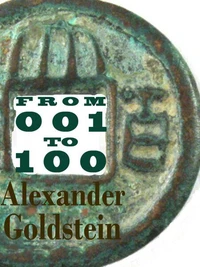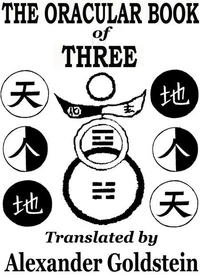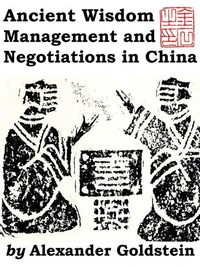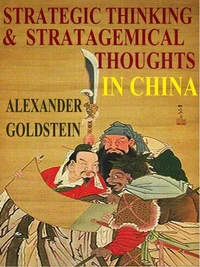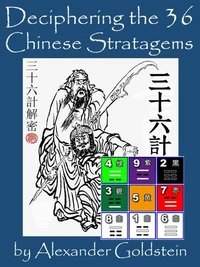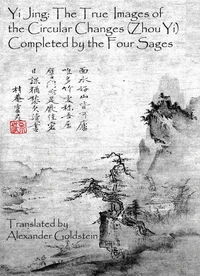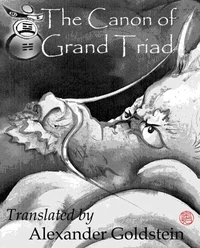At a young age, Leonardo da Vinci's father enrolled him in Maestro Verrocchio's renowned art workshop in Florence, where he delved into drawing. With just a piece of charcoal, lead pencil, or ink pen, he could draw complex figures with realistic poses that were emotionally expressive. Because of his talent, Leonardo didn't waste any time doing trivial tasks like his classmates did; he instead worked on paintings of great significance for the Church and prestigious clients alongside his mentor.
While the young man was gifted in sketching, he had not yet discovered the painting technique that would capture reality with the perfect harmony of colors, allowing his artistic instincts to soar and culminate in an exceptional masterpiece. Andrea del Verrocchio's workshop epitomized a transformative revelation in the art world. Artists didn't bring about this revolution by believing in the Church's message conveyed through paintings.
Its intention was not to proclaim the immutable truths that rulers and authorities expected artists to convey - to employ their talents in bolstering the position of the ruling class so that every subject understood their place in the broader scheme of things and unquestioningly revered the presumed nobility of those in power. Instead, this artistic revolution was founded on the belief that a distinct and novel truth was waiting to be acknowledged by artists with refined senses and intuitive minds - a fact that emerges from meticulous observation of both external and internal realities.
The revolution brought Leonardo to a new revelation that deeply touched viewers' hearts, unlike previous paintings. He devoted himself to this aspect of the revolutionary revelation. However, reproducing this revelation hinges on unraveling the myth popular among the knowledgeable that "West is West and East is East, and never the twain shall meet, till Earth and Heaven stand presently at God's great Judgment Seat." But there is no West or East, no nations, no races, no barriers between them when a strong-spirited artist boldly looks into the eyes of Mother Nature, finding in them the discovery and inspiration for their creations!Leonardo, widely regarded as an artist renowned for his genius in portraiture, underwent a metamorphosis in the middle of his life.
In his late thirties to early forties, Leonardo transformed into a "different Leonardo, " creating inventions like the parachute and flying machine that would be discovered centuries later. He also immersed himself in science, alchemy, and philosophy with such intensity that even modern scientists would be envious. Being both an artist and a scientist, he showcased exceptional abilities representing distinct aspects of his personality.
According to the traditional view, Leonardo sought to explore his artistic intuitions through a scientific approach as a thinker and polymath of his stunning epoch. As it often occurs, a true expert in their field understands the universe's mysteries by dedicating themselves to their work and tapping into higher forces and universal knowledge. Establishing a channel or portal like this would undoubtedly enhance society's cultural advancement and foster the dissemination of genuine knowledge among scientific and artistic communities, with Leonardo da Vinci being a notable representative.
In this book, the focus will be on the portrayal of Leonardo da Vinci's iconic artwork, "The Last Supper, " (Italian: "L'Ultima Cena") as a remarkable representation of contrasting Eastern and Western thought within one genius of the Renaissance.
At a young age, Leonardo da Vinci's father enrolled him in Maestro Verrocchio's renowned art workshop in Florence, where he delved into drawing. With just a piece of charcoal, lead pencil, or ink pen, he could draw complex figures with realistic poses that were emotionally expressive. Because of his talent, Leonardo didn't waste any time doing trivial tasks like his classmates did; he instead worked on paintings of great significance for the Church and prestigious clients alongside his mentor.
While the young man was gifted in sketching, he had not yet discovered the painting technique that would capture reality with the perfect harmony of colors, allowing his artistic instincts to soar and culminate in an exceptional masterpiece. Andrea del Verrocchio's workshop epitomized a transformative revelation in the art world. Artists didn't bring about this revolution by believing in the Church's message conveyed through paintings.
Its intention was not to proclaim the immutable truths that rulers and authorities expected artists to convey - to employ their talents in bolstering the position of the ruling class so that every subject understood their place in the broader scheme of things and unquestioningly revered the presumed nobility of those in power. Instead, this artistic revolution was founded on the belief that a distinct and novel truth was waiting to be acknowledged by artists with refined senses and intuitive minds - a fact that emerges from meticulous observation of both external and internal realities.
The revolution brought Leonardo to a new revelation that deeply touched viewers' hearts, unlike previous paintings. He devoted himself to this aspect of the revolutionary revelation. However, reproducing this revelation hinges on unraveling the myth popular among the knowledgeable that "West is West and East is East, and never the twain shall meet, till Earth and Heaven stand presently at God's great Judgment Seat." But there is no West or East, no nations, no races, no barriers between them when a strong-spirited artist boldly looks into the eyes of Mother Nature, finding in them the discovery and inspiration for their creations!Leonardo, widely regarded as an artist renowned for his genius in portraiture, underwent a metamorphosis in the middle of his life.
In his late thirties to early forties, Leonardo transformed into a "different Leonardo, " creating inventions like the parachute and flying machine that would be discovered centuries later. He also immersed himself in science, alchemy, and philosophy with such intensity that even modern scientists would be envious. Being both an artist and a scientist, he showcased exceptional abilities representing distinct aspects of his personality.
According to the traditional view, Leonardo sought to explore his artistic intuitions through a scientific approach as a thinker and polymath of his stunning epoch. As it often occurs, a true expert in their field understands the universe's mysteries by dedicating themselves to their work and tapping into higher forces and universal knowledge. Establishing a channel or portal like this would undoubtedly enhance society's cultural advancement and foster the dissemination of genuine knowledge among scientific and artistic communities, with Leonardo da Vinci being a notable representative.
In this book, the focus will be on the portrayal of Leonardo da Vinci's iconic artwork, "The Last Supper, " (Italian: "L'Ultima Cena") as a remarkable representation of contrasting Eastern and Western thought within one genius of the Renaissance.

